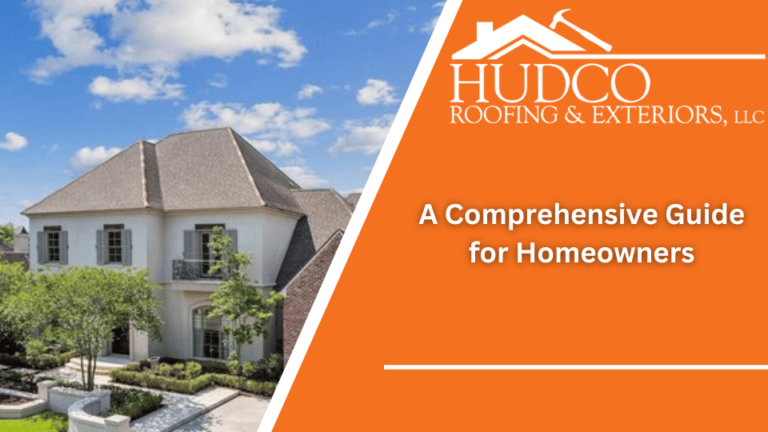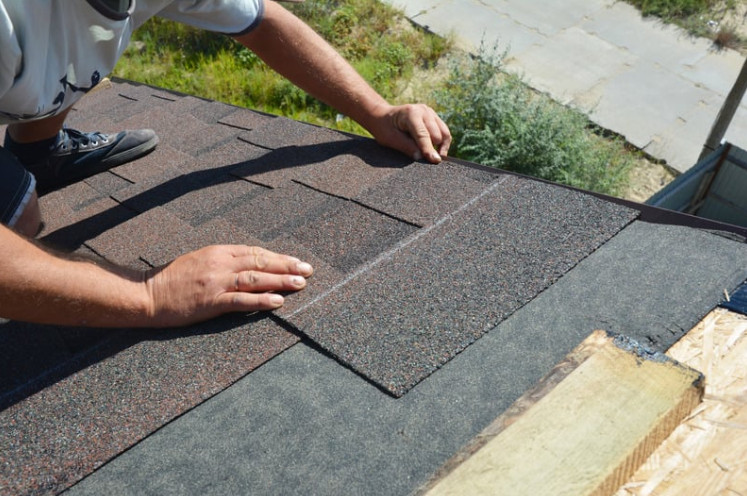A Comprehensive Guide for Homeowners: Making Smart Roofing Choices
Embracing Sustainable Solutions
First and foremost, modern homeowners seek effective ways to protect their valuable investments through HUDCO Roofing & Exteriors. Moreover, sustainable roofing has emerged as a game-changing solution for energy-conscious property owners. Furthermore, this Comprehensive Guide for Homeowners explores cutting-edge solutions that combine protection with environmental responsibility. Additionally, professional installations ensure optimal performance for years to come. Finally, homeowners benefit from reduced maintenance costs and improved property values.
Energy Efficiency Matters
Smart homeowners recognize the immediate benefits of energy-efficient roofing systems. Additionally, these innovative solutions can slash monthly energy bills by up to 30%. Meanwhile, proper insulation works alongside these systems to maintain comfortable indoor temperatures. Furthermore, advanced materials reflect harmful UV rays effectively. Subsequently, cooling systems operate more efficiently throughout hot summer months.
Material Selection and Benefits
Experienced contractors recommend several sustainable options for modern homes. Initially, recycled metal roofing offers exceptional durability and weather resistance. Subsequently, rubber shingles made from recycled tires provide outstanding impact protection. Furthermore, composite materials blend durability with eco-friendly properties. Moreover, each material option brings unique advantages to different architectural styles. Finally, professional guidance helps homeowners make informed decisions based on specific needs.
Cool Roofing Technology
Smart homeowners now choose cool roofing materials to combat rising energy costs. Initially, these materials reflect more sunlight than traditional roofing options. Consequently, indoor spaces remain cooler during hot summer months. Furthermore, this technology reduces air conditioning demands significantly. Additionally, cool roofs contribute to urban heat reduction efforts. Meanwhile, improved indoor comfort creates more enjoyable living spaces.
Professional Installation Matters
Quality installation ensures optimal performance of sustainable roofing systems. First, certified contractors evaluate your home’s specific needs. Then, they implement custom solutions that match your requirements. Subsequently, proper installation techniques prevent future complications. Moreover, experienced teams work efficiently to minimize disruption. Finally, thorough quality checks ensure everything meets professional standards.
Maintenance Requirements
Regular maintenance extends the life of sustainable roofing systems. Initially, homeowners should schedule bi-annual professional inspections. Subsequently, prompt repairs prevent minor issues from becoming major problems. Furthermore, seasonal cleaning removes potentially damaging debris. Meanwhile, proper gutter maintenance ensures effective water management. Additionally, professional maintenance programs protect your long-term investment.
Cost Considerations
Initial investments in sustainable roofing typically exceed traditional options. However, long-term savings offset these upfront costs significantly. Moreover, many homeowners qualify for energy efficiency tax credits. Furthermore, reduced monthly utilities provide ongoing financial benefits. Additionally, improved property values justify the initial investment. Finally, decreased maintenance needs contribute to overall cost savings.
Environmental Impact
This Comprehensive Guide for Homeowners emphasizes environmental responsibility in roofing choices. First, sustainable materials reduce landfill waste significantly. Additionally, energy-efficient systems decrease carbon emissions substantially. Meanwhile, eco-friendly options promote better air quality around your home. Furthermore, responsible material choices support environmental conservation efforts. Subsequently, homeowners contribute to community sustainability goals.
Future Considerations
Smart homeowners plan for long-term sustainability and value. Initially, sustainable roofing increases property values significantly. Subsequently, these systems attract environmentally conscious buyers. Moreover, future energy regulations may require sustainable solutions. Furthermore, early adoption provides competitive advantages in the housing market. Finally, sustainable choices protect against rising energy costs.
Installation Timeline
Professional contractors complete most installations within specific timeframes. First, material preparation takes one to two days. Then, installation proceeds according to weather conditions. Subsequently, teams work efficiently to maintain schedules. Moreover, quality control checks occur throughout the process. Finally, thorough cleanup ensures property protection.
Warranty Protection
Quality roofing systems include comprehensive warranty coverage. Initially, manufacturers guarantee material performance for extended periods. Subsequently, installation warranties protect against workmanship issues. Furthermore, maintenance agreements ensure ongoing protection. Moreover, documentation provides peace of mind for homeowners. Additionally, professional support remains available throughout warranty periods.
Local Regulations
Homeowners must consider local building codes and restrictions. First, permit requirements vary by location and project scope. Then, homeowners associations may have specific guidelines for materials. Subsequently, professional contractors handle all compliance issues. Furthermore, proper documentation ensures legal protection. Finally, regular inspections maintain compliance standards.
Contact HUDCO Roofing & Exteriors for personalized recommendations by calling 318-206-3500. We service areas in Alexandria, Houma, and Ruston, LA.



